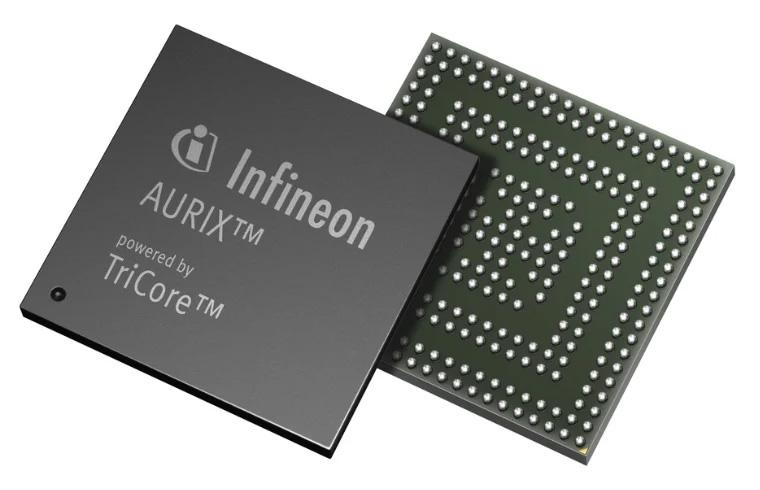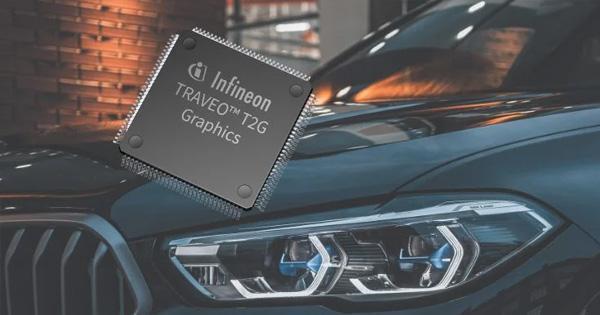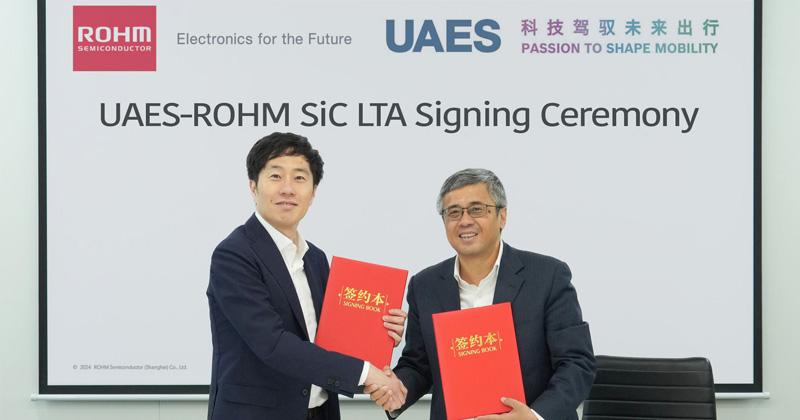
Diverse Lockstep Technology in MCUs for Enhanced ADAS Safety and Security
Autonomous vehicles (AVs) represent a significant advancement in transportation technology, promising to reshape people's travel by offering safer, more efficient, and highly automated driving experiences. However, as AVs become more complex and operate without human intervention, ensuring their safety and security has become a critical concern.
Microcontrollers (MCUs) are often at the core of AVs, serving as the brains of these systems. MCUs manage everything from data processing to controlling the various sensors, actuators, and safety mechanisms.

As MCU responsibilities in AVs increase, so must safety and reliability.
As autonomous systems become more advanced, the reliability of MCUs is paramount to maintaining operational safety. Even a minor fault in the MCU can lead to system-wide failures, putting passengers and other road users at risk.
Overview of Lockstep Technology
Lockstep architecture is used in MCUs to improve system reliability by detecting and correcting real-time errors. In a lockstep system, two or more identical processing cores execute the exact instructions simultaneously. The outputs of these cores are constantly compared to ensure they match.

Block diagram of a simple lockstep processor architecture.
A discrepancy between the cores indicates an error has occurred, prompting the system to take corrective action. This redundancy ensures that even minor faults are caught before they can impact the system’s performance, making it especially valuable in safety-critical applications like autonomous vehicles.
Traditional Lockstep
Traditional lockstep systems rely on identical cores executing identical instructions in parallel. These outputs are compared for consistency.
Using identical cores executing identical instructions makes the system vulnerable to common-mode failures. Both cores might encounter the same fault simultaneously, rendering error detection ineffective.
More advanced solutions have emerged to overcome the limitations of traditional lockstep designs.
Diverse Lockstep Technology
Unlike traditional lockstep architectures, which rely on identical cores to detect errors, Infineon’s diverse lockstep technology uses two diverse cores that operate differently. They use different architectures and instructions to complete the same overall task.
This diversity provides superior error detection capabilities and effectively mitigates common-mode failures. Diverse lockstep technology is ideal for autonomous vehicles where safety and reliability are paramount.
Diverse Lockstep For Improved Safety
Diverse lockstep technology can be employed within the vehicle’s Electronic Control Unit (ECU), which manages real-time data processing and control in autonomous systems. As both cores execute their tasks, the system continuously compares their outputs.
If discrepancies arise between the results of the two cores, an error has occurred. The system can then take corrective action, such as shutting down a faulty process or switching to a backup mode to maintain safety. This continuous fault detection is critical for AVs, which rely on the ECU to process constant data from sensors, cameras, and other inputs.
Anomalies are detected in real-time, allowing the vehicle to operate safely even in case of a minor hardware or software failure. The real-time nature of error detection also means the system can respond immediately, preventing potential hazards.
Diverse cores improve fault tolerance, ensuring that even subtle or complex errors are identified and addressed before they affect the vehicle's performance. This reduces the risk of system failures, which is crucial for maintaining the safety of passengers and other road users. By mitigating common-mode failures and improving overall reliability, diverse lockstep architecture enhances the robustness of autonomous vehicle systems, making them safer and more secure.
Applications in Autonomous Vehicles
Infineon’s diverse lockstep technology is already being integrated into the safety-critical systems of modern autonomous vehicles. Using diverse lockstep can reduce development efforts for ASIL-D systems. It is precious in ADAS, where real-time data processing and fault detection are essential for safe operation.

Infineon Aurix MCUs include a diverse lockstep architecture.
By improving error detection and fault tolerance, this technology helps ensure that autonomous vehicles can safely navigate complex environments (like high traffic or adverse weather), making them more dependable in real-world scenarios.
Another key benefit is the ability of diverse lockstep processors to improve cybersecurity. The design and code diversity can minimize potential vulnerabilities that hackers could exploit.
Infineon’s technology is also designed to comply with stringent automotive safety standards, including ISO 26262, which defines functional safety requirements for vehicle electronic systems.
Future Outlook
As AV technology evolves, ongoing research in lockstep systems will likely lead to even more sophisticated error detection and fault-tolerant mechanisms. With advancements in processing power and safety architectures, future generations of autonomous vehicles will benefit from even higher security and operational efficiency levels.




